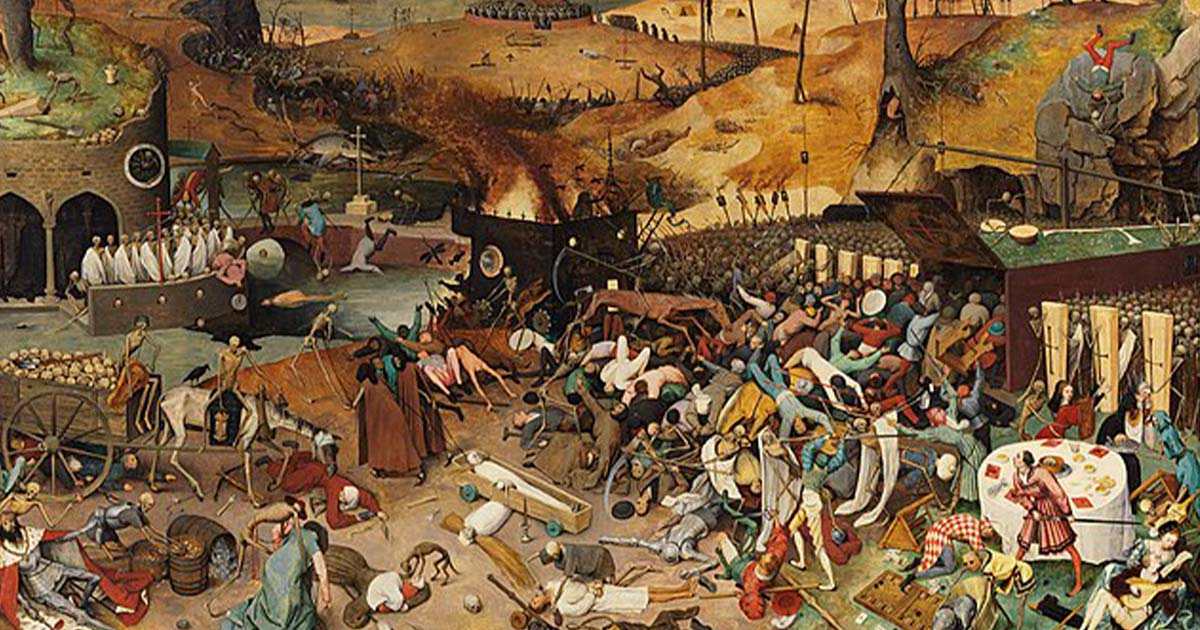The Most Destructive Pandemics and Epidemics in Human History (Video)
The history of humanity is marked by devastating pandemics and epidemics that have left indelible scars on societies. These widespread outbreaks, such as the Plague of Athens in 430 BC and the Antonine Plague from 165 to 180 AD, have caused unparalleled destruction, wiping out significant percentages of populations. The Plague of Cyprian in the Roman Empire (249-262 AD) and the Plague of Justinian in the Byzantine Empire (541 AD) further illustrate the catastrophic toll of these diseases. Smallpox, a highly contagious disease, played a significant role in shaping history. Its impact on the Americas during the 17th century, brought by European explorers, led to the demise of millions in native populations.
- The Japanese Smallpox Epidemic of the 8th Century: Cause and Effect
- The Antoine Plague and the Downfall of the Roman Empire
Meanwhile, the Black Death, caused by the Yersinia pestis bacterium, is infamous for claiming the lives of an estimated 50 million people in Europe during the 1300s. The Spanish flu pandemic of 1918, caused by the H1N1 virus, remains a poignant reminder of the swift and lethal nature of influenza strains. It affected up to one-third of the world's population, resulting in the deaths of millions. More recently, the 2009 swine flu pandemic and the 2014 Ebola outbreak and Covid-19 outbreaks underline the persistent threat of emerging infectious diseases in the modern era.
Top image: Pieter Bruegel the Elder’s painting: The Triumph of Death, depicting the results of a pandemic. Source: Public Domain

















